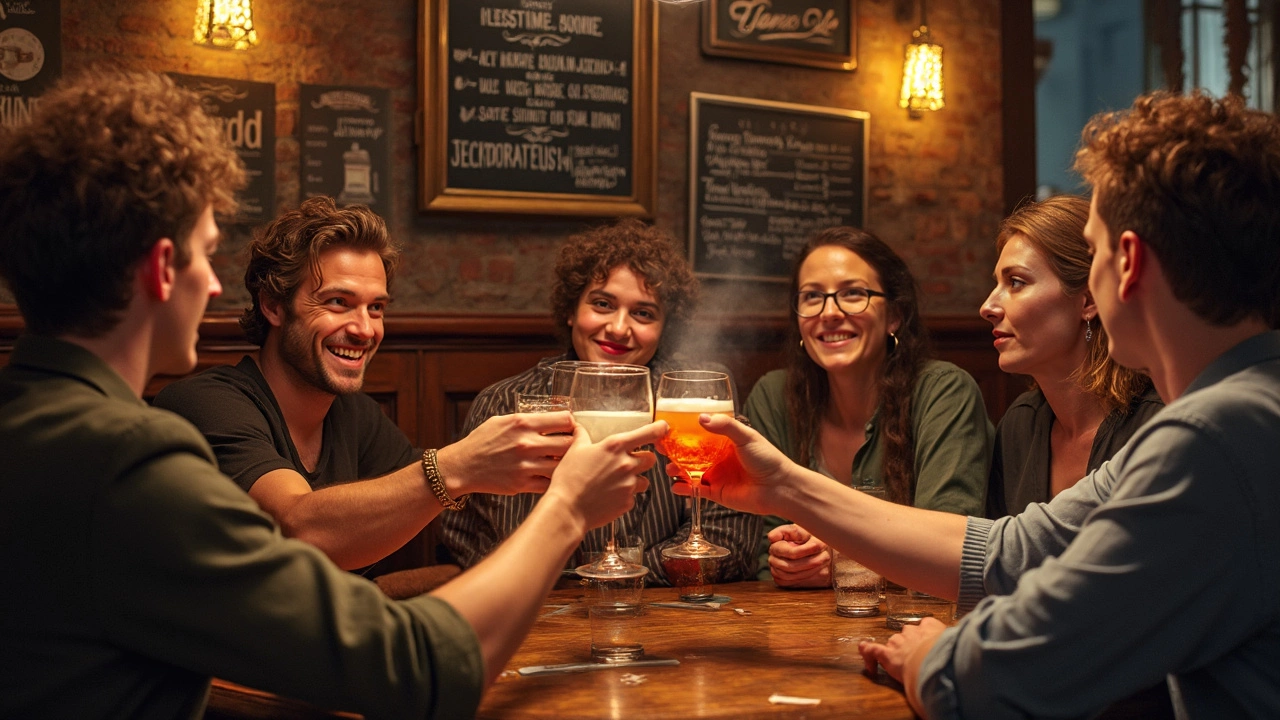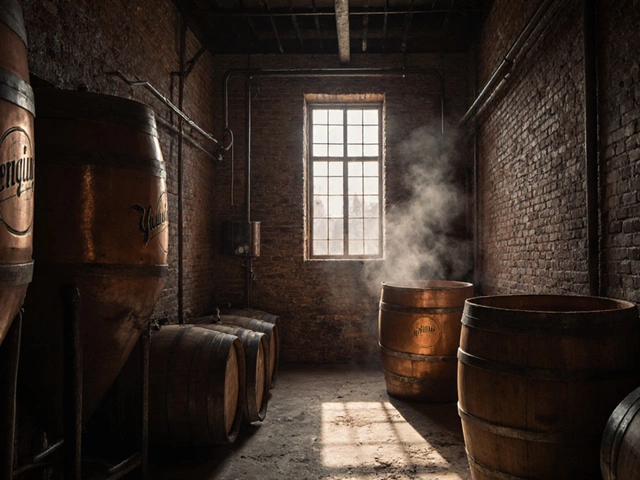Best Liquor: Your Quick Guide to Top Spirits
If you’re hunting for the best liquor, you don’t need a PhD in distillation. Just focus on flavor, price, and what you’ll serve it with. Below you’ll find easy ways to spot a winner, plus a few go‑to bottles that work in almost any setting.
How to Pick the Right Liquor for Your Palate
First, think about the taste you enjoy. Do you like clean, neutral spirits or something with bold, spicy notes? Vodka is a safe bet for a clean base – Cheap vs Expensive Vodka explains why price isn’t always the key, but a smooth finish often comes from better filtration. If you prefer a richer mouthfeel, try whiskey or rum. A quick sip can tell you if the spirit feels warm or oily, and that feeling will guide your choice.
Second, consider the proof. Higher proof means more alcohol bite, which can overwhelm a cocktail but shine in neat pours. For sipping, aim for 40‑45% ABV; for mixed drinks, 35‑38% is usually smoother. Finally, look at the brand’s reputation for quality. Many experts point to Smoothest Vodkas to Sip Straight when recommending a vodka that stays pleasant on its own.
Classic Liquor Pairings and Tasting Hacks
Once you’ve chosen a bottle, think about what goes with it. The classic whisky‑and‑food combo? Best Foods to Eat Before a Whisky Tasting suggests a slice of cheese, a handful of nuts, or a piece of dark chocolate to prime your palate. For vodka, fresh mixers like cucumber or citrus keep it crisp – Best Mixers for Vodka lists a few crowd‑pleasers that won’t steal the spotlight.
If you’re into historical drinks, try an ancient spirit for fun. What is the Oldest Spirit Drink? dives into how early cultures distilled alcohol, and you can mimic that experience with a small shot of a well‑aged brandy or a rustic rum. It’s a conversation starter and a tasty experiment.
Don’t forget the glass. A proper tasting glass lets the aroma rise, making the drink seem more complex. For whiskey, a Glencairn glass is ideal; for vodka, a simple highball works fine. Swirl gently, take a short sniff, then try a small sip – this three‑step routine reveals hidden flavors most people miss.
When you’re ready to serve, match the liquor’s strength to the occasion. Light, low‑proof cocktails are great for daytime brunches, while full‑bodied spirits fit evening gatherings. And always keep a water glass nearby; a splash can reset your palate between different drinks.
Bottom line: the best liquor is the one that feels right in your hand, tastes good on your tongue, and fits the moment you’re planning. Use these quick checks – flavor, proof, brand reputation, and pairing – and you’ll never be stuck with a boring bottle again.
Hangovers are the bane of any night out. Finding the best hard liquor to help dodge the dreaded hangover involves considering factors like congener content and hydration. Opting for clear spirits, staying hydrated, and consuming alcohol in moderation can significantly lessen the aftereffects. Discover practical tips and useful insights to enjoy your night out without the next-day regrets.
View Details

